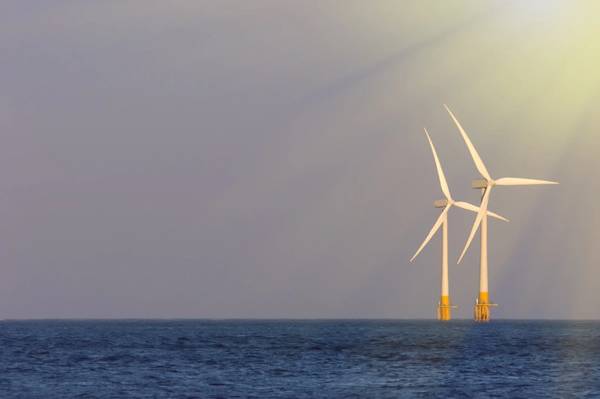
Floating wind is viewed as the final frontier for offshore wind as turbines can be installed in deeper waters than fixed-bottom foundations, harnessing stronger and more continuous wind to generate more power.
There are two main types of tender for traditional and floating wind projects. Governments hold seabed, or site auctions, leasing areas where projects can be built, or hold auctions for the power projects are expected to produce.
Britain, for instance, holds contract for difference (CfD) auctions offering projects a guaranteed price for electricity which developers can then use to help secure financing.
Below are the main offshore wind auctions expected this year which also include provisions for floating technology:
BRITAIN
North Sea - In March Britain announced 13 winners from its competition to award seabed leases to companies developing projects to supply power to mainly North Sea oil and gas companies which could support more than 5 gigawatts (GW) of capacity. Winners included Flotation Energy and Cerulean Winds.
Celtic Sea – Britain will offer seabed licences for up to 4 GW of capacity of floating wind technology in the Celtic Sea this year.
FRANCE
France is set to hold auctions for seabed licences and power agreements for 250 megawatts (MW) off the coast of Brittany and two 250 MW tranches in the Mediterranean.
ITALY
Italy is expected to hold an auction for up to 1 GW of offshore wind power, including floating technology, in 2023 or 2024.
NORWAY
Norway opened its first tenders to build offshore wind farms, including one area for floating wind, in a step to meet growing electricity demand at home and to build a new industry.
SPAIN
Spain is expected to hold an auction for floating wind site licenses around the Canary Islands regions by the end of 2023.
TAIWAN
Taiwan is set to hold an auction for site licenses and power offtake agreements for 3 GW, including offshore wind this year.
(Reuters - Reporting by Susanna Twidale; Editing by David Clarke)